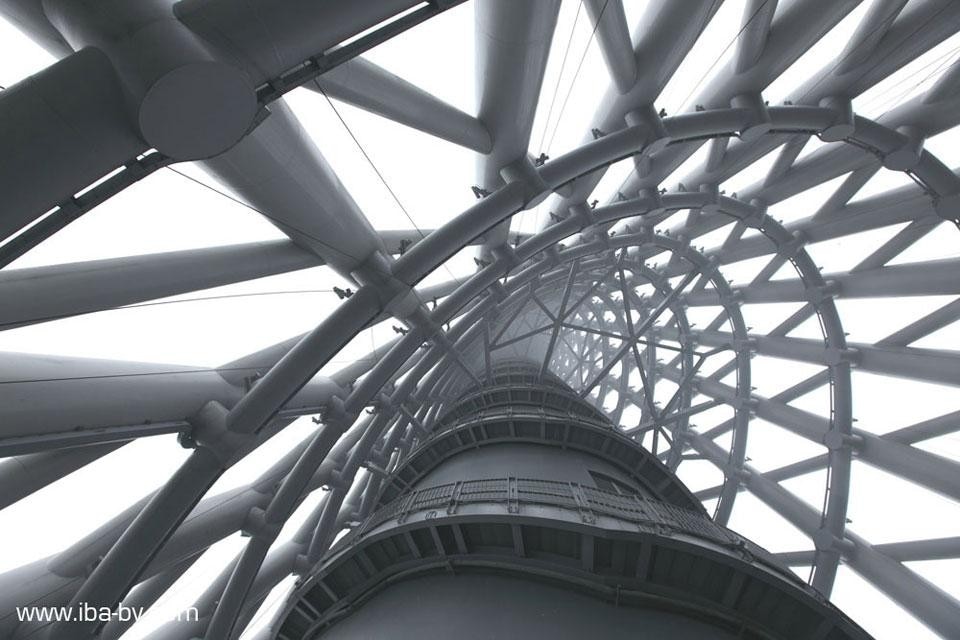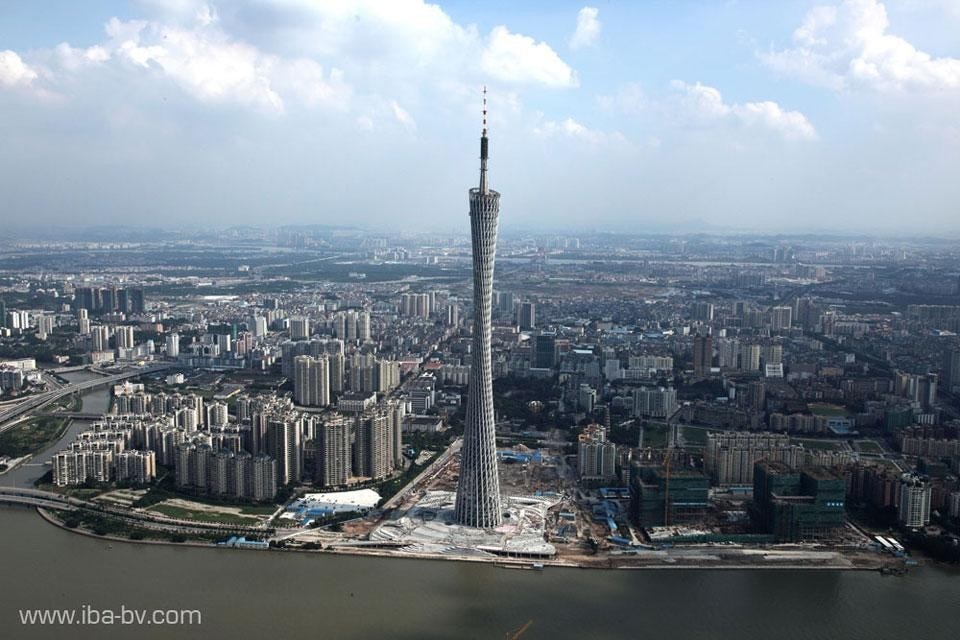"Where most skyscrapers bear 'male' features; being introvert, strong, straight, rectangular, and based on repetition, we wanted to create a 'female' tower, being complex, transparent, curvy, gracious and sexy." Says architect Mark Hemel, partner of IBA. "Our aim was to design a free-form tower with a rich and human-like identity that would represent Guangzhou as a dynamic and exciting city." The result is a tower, very slender and tall, that bears similarities with the figure of an Barbie-Doll like female form.
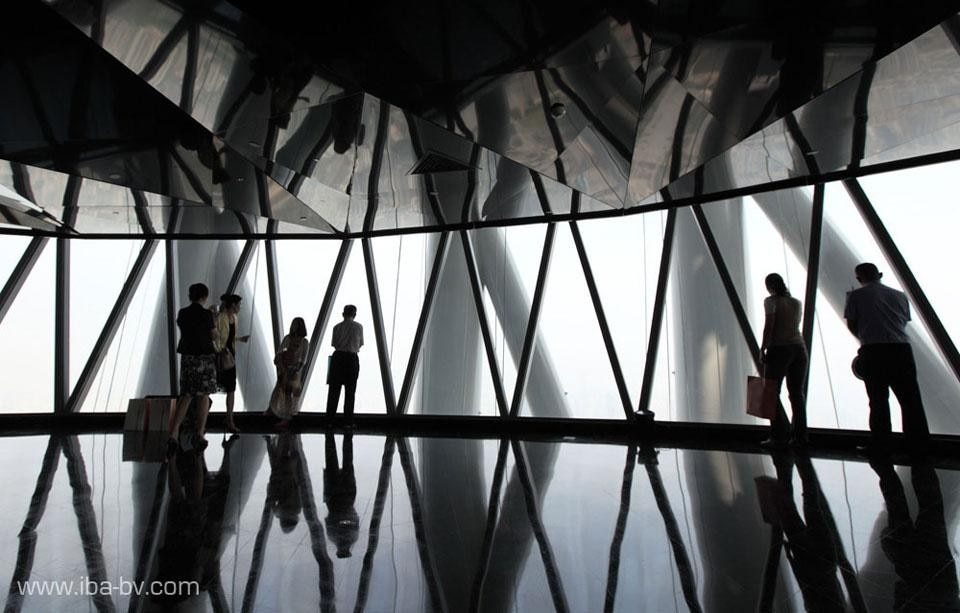
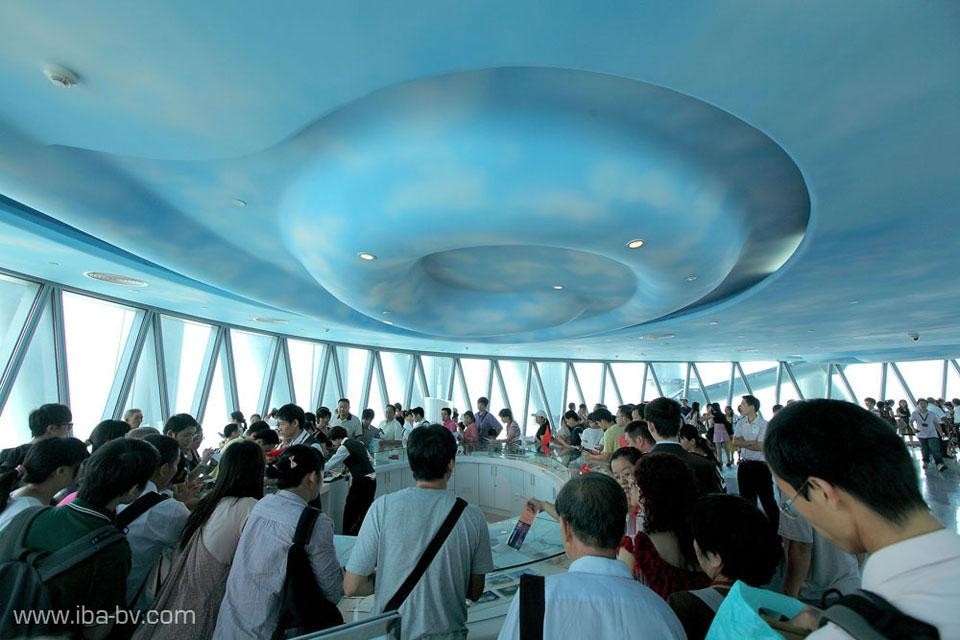
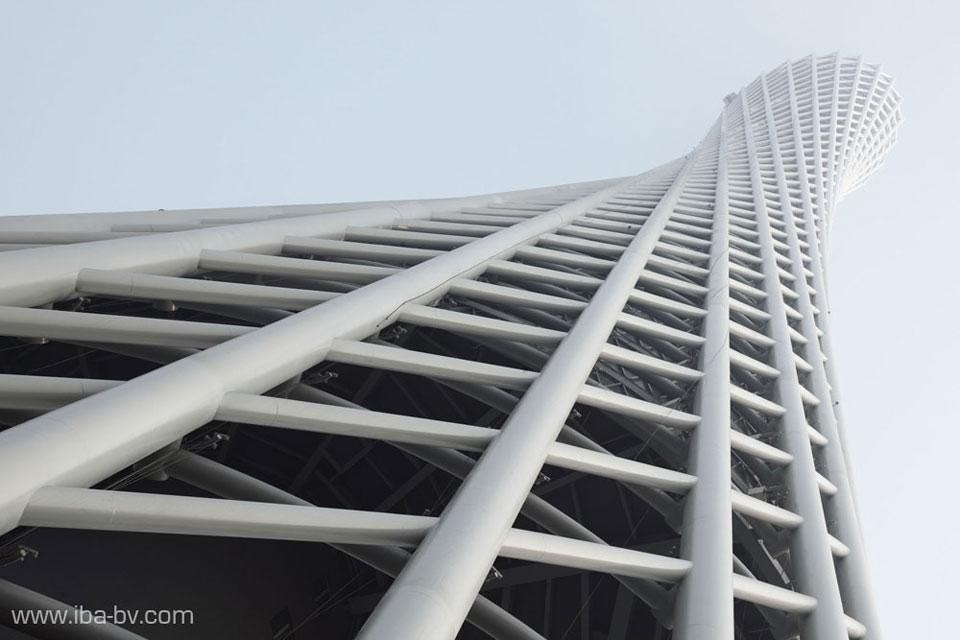
The project is a pioneer for both its form, which provides a counterpoint to the increasingly generic macho towers of Shanghai and Hong Kong, and for its lightness of touch and convincing use of production and manufacturing. In a country that continues to thrive and build and manifest its wealth and power in architecture, how long it will remain the tallest TV tower in the world, remains to be seen. Beatrice Galilee
